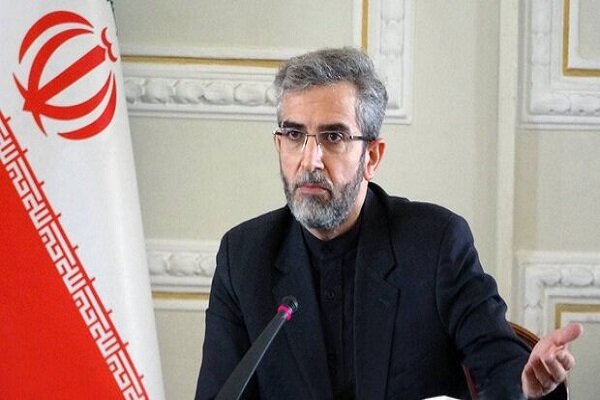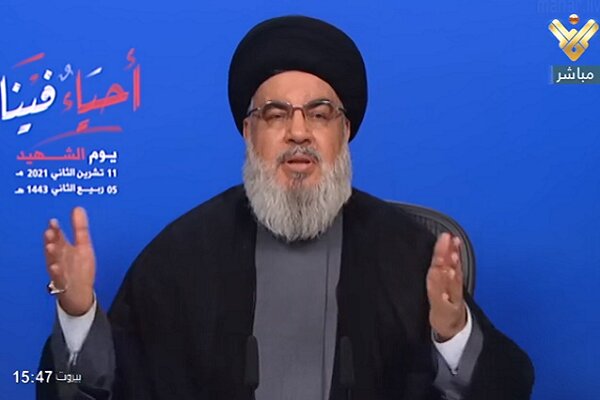Jamie L. LaReau, Detroit Free Press
Wed, November 10, 2021,
General Motors has started production of the Chevrolet Silverado pickup at the Oshawa Assembly plant in Ontario.
The first Silverado, a 2022 heavy-duty High Country trim in red, rolled off the assembly line around 11:45 a.m. Monday, but GM announced it publicly on Wednesday, said Monte Doran, GM spokesman.
It is a remarkable feat considering the plant was slated for closure in 2018 when GM said it would permanently close Oshawa and four other factories in North America in a cost-saving effort. The plants targeted for closure, Oshawa included, all built cars, and consumer tastes had shifted to pickups and SUVs.

The first pickup trucks coming down the assembly line at Oshawa Assembly in Ontario on November 10, 2021.
But in labor talks last year, Unifor — the union that represents GM auto workers in Canada — struck a deal with GM to build the automaker's overflow of pickup trucks.
Located about 40 miles east of Toronto near the Lake Ontario shoreline, Oshawa Assembly has undergone a $1.1 billion overhaul and is now building the full-size light-duty and heavy-duty pickups far ahead of schedule to help GM meet increased demand for that vehicle.
"The rapid retooling, hiring, and training needed to reach today’s start of production was an extraordinary accomplishment," Scott Bell, GM Canada president and managing director, said in a statement. "We continue our work with the federal and Ontario governments toward even larger transformative investments in Canada.”
The retooled facility includes a new body shop that covers 13 acres, 1,200 new robots, 10,300 feet of new conveyors and 310 miles of electric wiring. It contains 5,000 parts from 370 different suppliers, Doran said.
Oshawa will begin shipping trucks to dealers next month.

The plant will begin shipping trucks to dealers in December 2021. The first truck off the line will be auctioned to help GM and our Canadian dealers raise money for Sharon’s Kids, one of our favourite charities in Durham Region.
But GM Canada will raffle the first one, which will come with an exclusive VIN 001 wrap, to its dealers in Canada to benefit the Durham Children’s Aid Foundation (DCAF). For every $250 a dealer donates to DCAF, it earns an additional entry into the raffle, Doran said. Dealers can donate until Nov. 29 and GM Canada will announce the winner Dec. 8.
It's common practice for automakers to use the first car off a line to benefit charity.
Donating to DCAF honors former Oshawa employee Sharon Clark, who died last year after battling cancer. For years, Oshawa Assembly employees have donated holiday gifts for children, through “Sharon’s Kids.”
Since 2018, GM Canada and its employees have donated more than $500,000 to Sharon’s Kids, which is now part of DCAF, GM Canada said in a statement.
Oshawa Assembly will be the only GM factory to build both heavy duty and light duty pickups, exclusively building the Silverado.
"That said, Oshawa will add to GM’s North American manufacturing footprint, allowing the company to significantly increase production across both the Chevrolet Silverado and GMC Sierra lineups," Doran said.
GM Canada said it will create 1,800 jobs, mostly new hires, to support two shifts of production and support thousands of additional jobs for suppliers.

Mary Ann Kidd, an employee working on the line at Oshawa Assembly plant, assembles a truck door.
Unifor National President Jerry Dias said the return of vehicle assembly to the Oshawa plant is unprecedented and it is because of the "resiliency and dedication" of Unifor members.
The union fought GM's plan to close the plant with pickets, calling GM "Greedy Motors," a call for customers to boycott GM vehicles made in Mexico, and a media campaign against the automaker so negative that in 2019, GM threatened to sue Unifor over a union spot critical of GM that aired in Canada during the Super Bowl.
Unifor defied GM's threat and continued the ad campaign during the Academy Awards, the Grammy Awards and other high-profile shows.
"Seeing the first of many trucks roll off the newly reopened Oshawa assembly line was a proud moment for everyone who fought shoulder-to-shoulder for these jobs," Dias said in a statement Wednesday. "The auto industry has and will continue to be the bedrock of Oshawa and Durham region’s economy.”
More: Documentary takes aim at GM's move to close Oshawa Assembly Plant
More: Here's how Canada's autoworker union won big with GM, Ford and FCA








